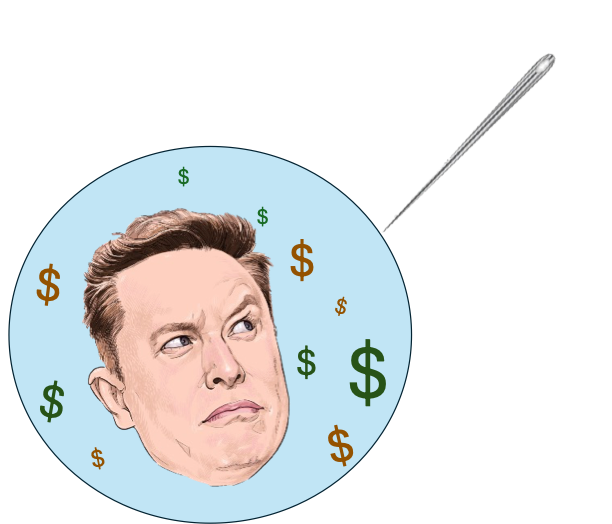Updated: Oct 14, 2021
This week some interesting news hit our inboxes. Mbanq and Temenos are launching Banking-as-a-Service (BaaS)… with a difference. Targeting the US’ 5000+ credit unions, the duo is creating the world’s first Credit-Union-as-a-Service (CUaaS).

“With this strategic agreement with Mbanq, we are opening up a new channel to the BaaS space and are increasing our penetration in the US Credit Union market”, says CEO of Temenos, Max Chaud.
So, it is true innovation or just clever marketing?
Hmm… well to begin with, BaaS is nothing new. Although the number of people offering this service is growing, leading to some seriously tense competition. The market is crowded.
Over the past few months, I’ve been noticing many banking software companies turn their gaze to credit unions, mutual banks, building societies … weeny local banks basically. And why not? They are the most logical choice from a business perspective.
What makes credit unions so attractive?
These credit unions still have tight bonds with their customers. They’ve got that deeply sought-after personal connection. In medium-sized towns, the cashier might be your auntie or best friend’s older brother. These institutions are as old as the hills, and basically part of your family. Not having this local bankcard in your wallet would be like kicking out your relatives at thanksgiving. And that’s how customers feel about them. They’ll put up with some clunky old tech, the same way we put up the eating noises of elderly family. Credit Unions in general have the familiar trust and loyalty of customers.
Plus, their small-ish size makes them a lot more agile than the hunking great global banks. Some of whom are so massive they can’t even move a step without millions of dollars of technical support and decades of time. This agility is what caught the eye of Mbanq and Temenos.
“The banking industry is in the midst of disruption driven by digital transformation and consumer demand”, explains Kanika Hope, Chief Strategy Officer. “That extends to the credit union segment as well. As smaller, non-profit institutions that don’t have the large budgets or extensive IT teams that Tier 1 banks do, credit unions in particular will benefit from the SaaS model”.
“Many credit unions are burdened by legacy systems unable to offer basic digital banking services such as digital onboarding, which emerged as a ‘must-have’ capability during the pandemic”, Hope continues.
If Credit Union Bankers could be convinced to break with the old way of doing things and get new tech, they’ll prove to be absolute goldmines. And the BaaS providers know this. The race is on to convince as many Credit Unions as possible.
How will CUaaS be different from BaaS?
I asked this question, and unfortunately did not receive an answer, which makes me think that to be honest… it won’t be very different at all.
AND THAT makes me think that calling a BaaS product “CUaaS” was probably just a genius marketing move. And it worked. Because here I am writing about it in my spare time. Oh, the power of marketing.
Shall we just call a spade a spade? This is a BaaS.
Happy to be proved wrong here, but I think that this new product is basically a BaaS. But that doesn’t mean it isn’t an awesome new addition to the service shelf. I asked a bit more about the customer base. Here’s what I got: “The CUaaS offering with Mbanq will be for both existing credit unions of all sizes as well as new market entrants”, Hope enlightens.
True to form, I also asked about what green features the CUaaS (aka BaaS) will have. (Side note, I think all journalists should be doing this, even if there is no answer. We’re the press, and we must put it in the minds of CEOs that we want to see sustainability).
Here is what Hope told me:
“The CUaaS offering by Temenos and Mbanq can help credit unions reduce their carbon footprint, create sustainable banking models, and launch products geared toward green finance such as green development loans”.
Hmm. To be honest, I would have liked to have seen her mention renewable energy-powered data centres. Because that shit matters. A little more detail about how exactly the credit unions could reduce their carbon footprint too. Because nearly every BaaS model makes operating systems more efficient, and therefore better at reducing emissions. And, I’m sure that nearly any BaaS worth it’s salt could integrate a green finance product too.
So far, I don’t think there are any unique sustainable features… But again, I would love to be proved wrong. I also think there’s an insane gap in the market for green BaaS, and I can’t work out why more players aren’t leaping on this glaring opportunity. Weird, right? I mean, what bank wouldn’t go for a green SaaS in the current climate?!
Final thoughts…?
Excellent marketing. But we need more information on how this product is uniquely designed to serve credit unions, rather than just banks in general.
Plus, a lot more detail on the green side too please! Otherwise, it kind of seems like more of the same…



